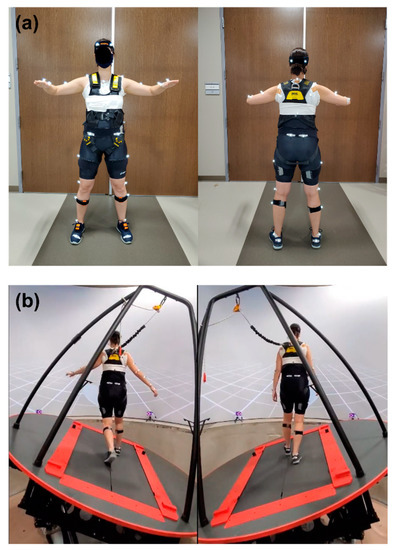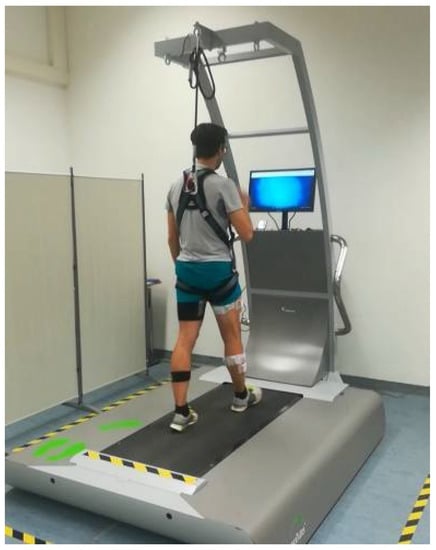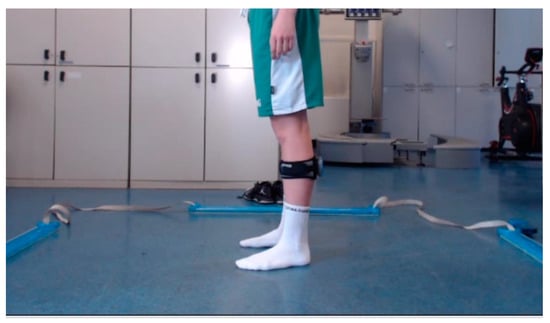Sensors and AI for Movement Analysis
A topical collection in Sensors (ISSN 1424-8220). This collection belongs to the section "Wearables".
Viewed by 13189Editor
Interests: biomechanical engineering; motion analysis; gait analysis; rehabilitation engineering; rehabilitation robotics; sensors for rehabilitation
Special Issues, Collections and Topics in MDPI journals
Topical Collection Information
Dear colleagues,
Movement analysis is currently one of the more attractive research fields and covers several applications from clinics to sports, as well as robotics and industry. In recent decades, the introduction of sensor-based systems to quantitatively perform movement analyses represented a breaking point among researchers, allowing them to overcome the limitations associated with the previous subjective methodologies. The most widespread sensors are optoelectronic systems, force platforms, inertial sensors, physiological sensors, probes for electromyography, and others, which permit one to fully understand the mechanism related to different motor tasks. In recent years, artificial intelligence has been introduced in movement analysis as a further tool to provide useful information with an automatic approach, also thanks to the increasing availability of large open datasets obtained through quantitative human motion analysis. It is clear that constant technological improvements have led to an ever-increasing number of possible innovative studies in this field.
Thus, this Topical Collection aims to promote innovative studies based on the application of sensors and AI for movement analysis in several fields, such as clinics, sports, robotics, and industry; the implementation of innovative methodologies for data analysis; the design of innovative sensors; and the publication of open databases for motion analysis.
Prof. Dr. Stefano Rossi
Collection Editor
Manuscript Submission Information
Manuscripts should be submitted online at www.mdpi.com by registering and logging in to this website. Once you are registered, click here to go to the submission form. Manuscripts can be submitted until the deadline. All submissions that pass pre-check are peer-reviewed. Accepted papers will be published continuously in the journal (as soon as accepted) and will be listed together on the collection website. Research articles, review articles as well as short communications are invited. For planned papers, a title and short abstract (about 100 words) can be sent to the Editorial Office for announcement on this website.
Submitted manuscripts should not have been published previously, nor be under consideration for publication elsewhere (except conference proceedings papers). All manuscripts are thoroughly refereed through a single-blind peer-review process. A guide for authors and other relevant information for submission of manuscripts is available on the Instructions for Authors page. Sensors is an international peer-reviewed open access semimonthly journal published by MDPI.
Please visit the Instructions for Authors page before submitting a manuscript. The Article Processing Charge (APC) for publication in this open access journal is 2600 CHF (Swiss Francs). Submitted papers should be well formatted and use good English. Authors may use MDPI's English editing service prior to publication or during author revisions.
Keywords
- movement analysis
- wearable sensors
- artificial intelligence
- experimental biomechanics
- kinematics
- kinetics
- posturography
- muscle activities
- sensor-based system











